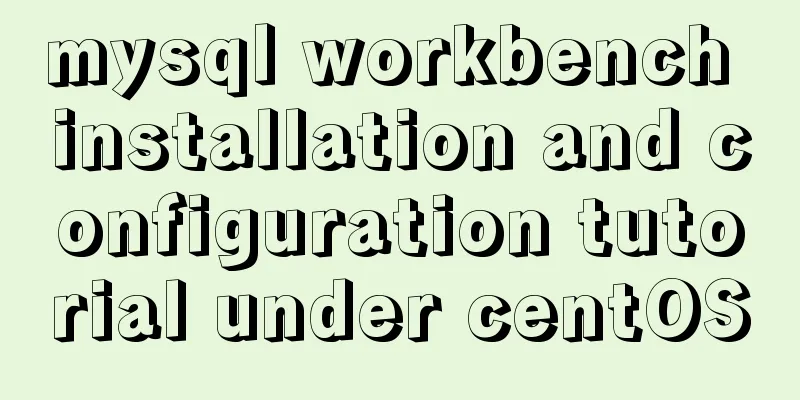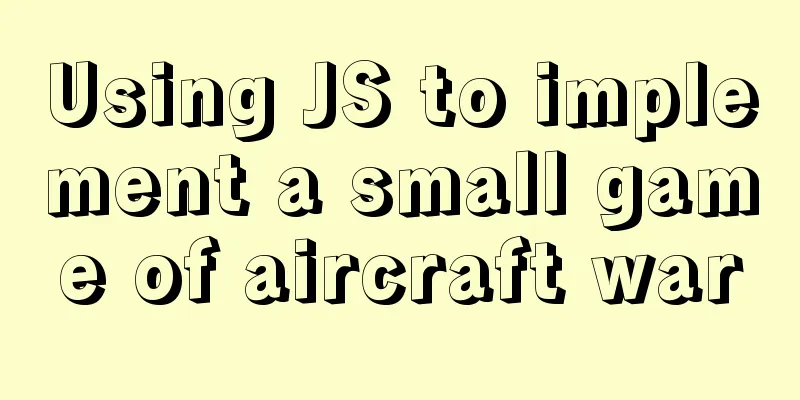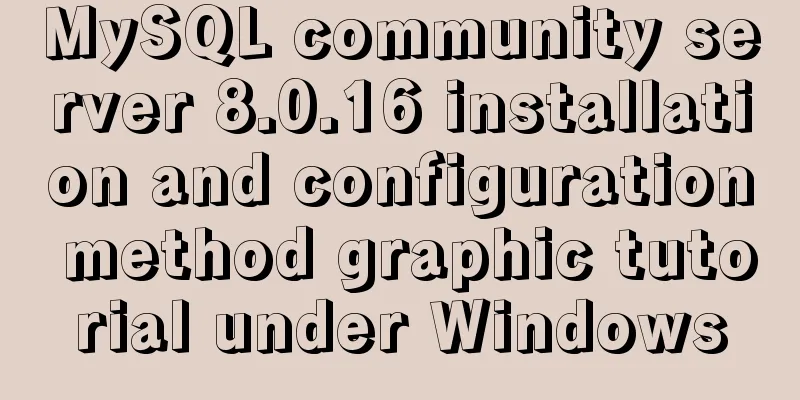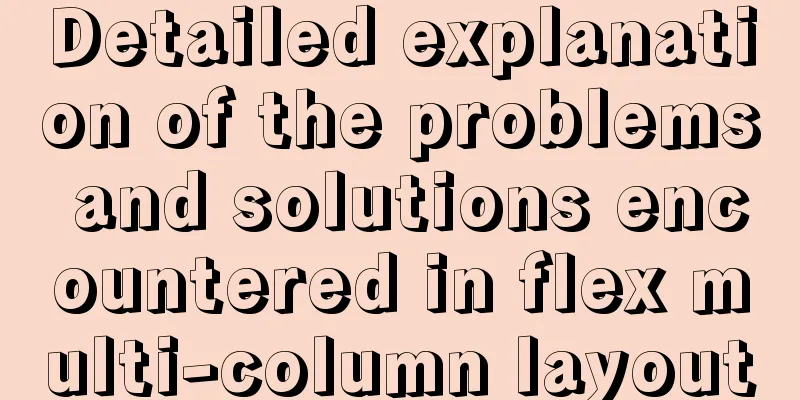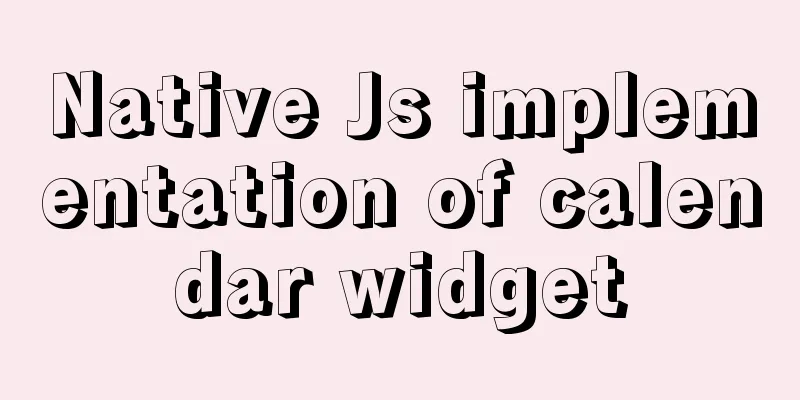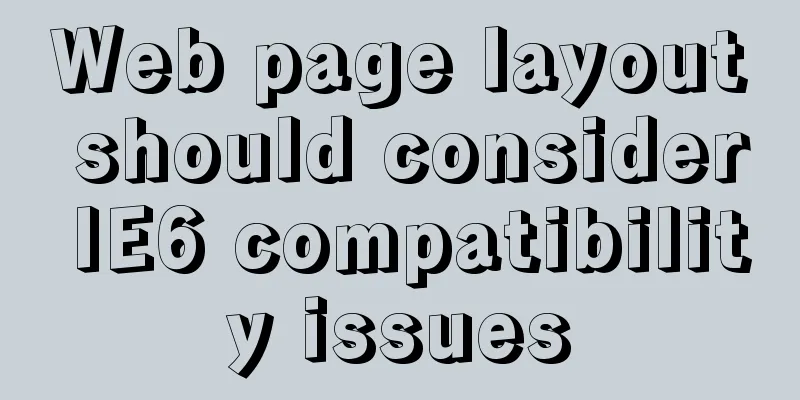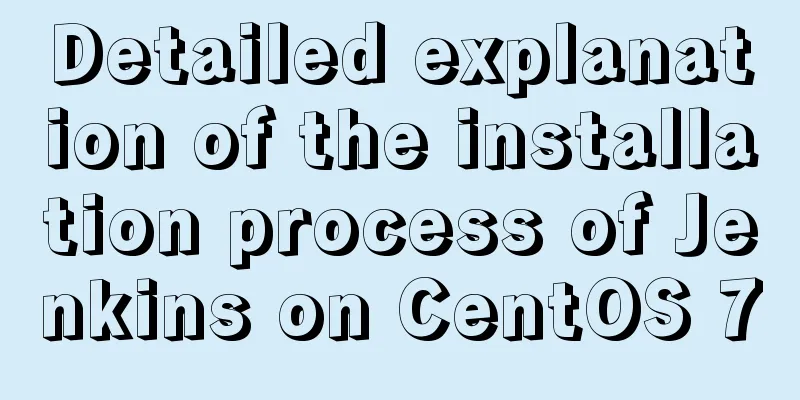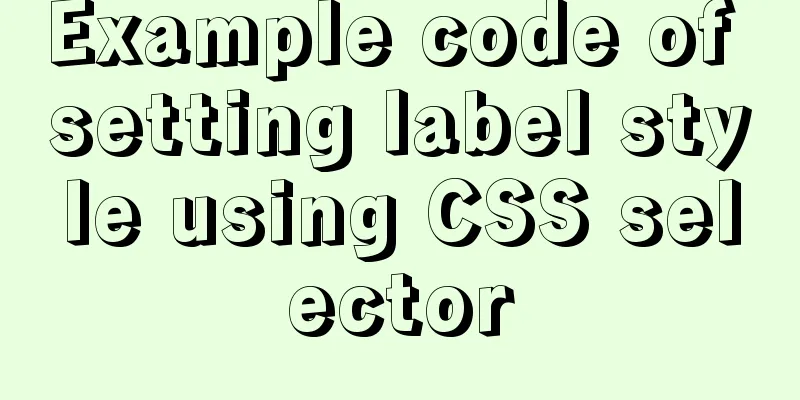Detailed analysis of when tomcat writes back the response datagram
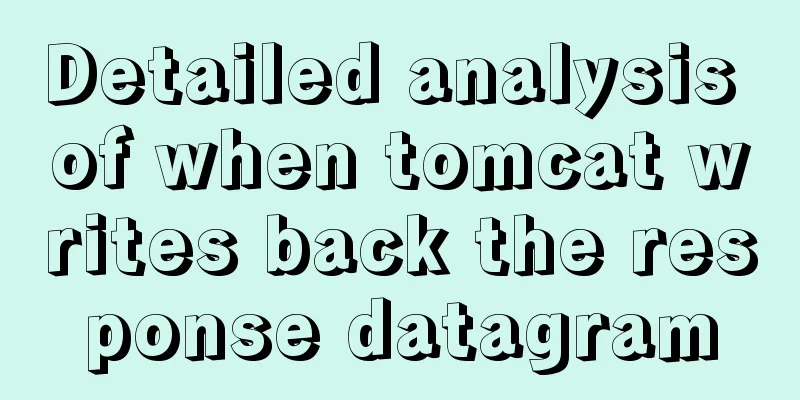
|
The question arises This question arose when I was writing file downloads. I used HttpServletResponse to get the Outputstream, and then used the OutputStream to write data directly. At that time, I wondered if this OutputStream was the OutputStream of the corresponding Socket connection. That is, when the program is writing using stream, the data is also being sent? Where does the Response's OutputStream write the data? So I looked at the getOutputStream method of HttpServletResponse to see what its comments said.
/**
* Returns a {@link ServletOutputStream} suitable for writing binary
* data in the response. The servlet container does not encode the
* binary data.
*
* <p> Calling flush() on the ServletOutputStream commits the response.
*
* Either this method or {@link #getWriter} may
* be called to write the body, not both, except when {@link #reset}
* has been called.
*
* @return a {@link ServletOutputStream} for writing binary data
*
* @exception IllegalStateException if the <code>getWriter</code> method
* has been called on this response
*
* @exception IOException if an input or output exception occurred
*
* @see #getWriter
* @see #reset
*/
public ServletOutputStream getOutputStream() throws IOException;Above, the comment states that OutputStream is used to write the response body content, and also mentions the flush() method, which means that there must be buffering, so it should not be a direct operation on the socket to write data. I guess there should be a byte array for temporary storage and then flushed uniformly. But I was still not sure, so I simply looked through the tomcat source code.
Find the implementation class of ServletOutputStream, CoyoteOuputStream. It implements the abstract method write of OutputStream and writes the data into the field of OutputBuffer type for storage. And this OutputBuffer object comes from coyote/Response. In fact, this OutputBuffer is just an interface, and the specific implementation is StreamOutputBuffer. There is no limit on the data size. It is stored in a linked list, and each linked list node stores 8196 bytes. When is the response datagram returned to the client? In fact, it is to check when it calls the flush method of OutputBuffer. I looked layer by layer and finally located the finishResponse() method of connector/Response. This method will first send the response line and response header. Then send the response body. I haven't read much of Tomcat's source code, but here is a nice sequence diagram that describes the processing of an HTTP request. As follows, we focus on the service method call of servlet and the finishResponse method call of Response. It can be obtained that after the service method returns, the finishResponse operation is executed. That is to say, when the servlet program processes the request, Tomcat will send the response back to the client. Note: The servlet program does not participate in the sending and receiving of underlying data, or does not control
Where is the servlet's service method called in the diagram? Contained in the internalDoFilter method of ApplicationFilterChain. What does servlet program processing request mean? Basically, the work of the servlet program is to fill in the Response information based on the Request information. What is the relationship between servlet programs and Spring MVC? The underlying layer of Spring MVC is still Serlvet, which processes all requests with a servlet called DispatcherServlet, which in turn distributes the requests to the corresponding @RequestMapping annotated methods for processing. Generally speaking, it completes the call of a service method. So what about the MVC return page and the return of REST data? Returning a page means writing the page data into the response Body; the @ResponseBody annotation actually converts the return value of the method annotated with @RequestMapping into a JSON string and writes it into the response Body. The response Body here refers to the OutputBuffer mentioned above. Responsibilities of Tomcat and Servlet Programs "How Tomcat works" says that the tasks of a Servlet container (Tomcat is a Servlet container) can be summarized as follows: 1. Create a Request object and fill in relevant information (parameters, headers, cookies, uri, etc.) 2. Create a Response object 3. Call the service method of the Servlet associated with this request and pass the Request and Response to it. Here I will explain it in my own words: when a browser sends a request to a server, the server parses the contents of the request datagram, creates a Request object filled with the request information, and creates an "empty" Response object. These two objects are then passed to the servlet's service method, allowing it to complete the filling of the Response object and finally send the Response data to the client. Why do we need to pass the Request object? If you don't pass the Request object, the Servlet program won't know what to fill in. In other words, it doesn't know what resource you want. How does Tomcat find the Servlet associated with a request? We know that when developing Tomcat, it is impossible to know what project you will deploy into it or what the servlet program is called. So it is impossible to hard code to call the service method, it uses the reflection mechanism. Think about how we deployed the project before using the spring boot framework? Just package the project and put it in the webapp directory of Tomcat. After running, the URL corresponding to the project is localhost:8080/projectName/xxx, right? Moreover, in the project, whether it is annotation style or web.xml style, the mapping of the Servlet program will be configured. Map a URL to a Servlet class file. When a request comes, first find the corresponding project according to projectName, and then map it to the corresponding Servlet class name according to the subsequent URL. Tomcat will then use the reflection mechanism to load the Servlet class file, obtain the instance, and then call the service method. What is the relationship between coyote/Response, connector/Response, and connector/ResponseFacade? coyote/Response is mainly linked to the underlying data transmission, and connector/Response is the upper-level wrapper of coyote/Response, which implements the HttpServletResponse interface. However, if it is passed directly to the service method, there is a fear that the user will directly convert the HttpServletResponse into connector/Response and directly call some underlying methods. Therefore, a "Facade mode" is introduced to block all public methods of connector/Response except those defined in the HttpServletResponse interface. In other words, what is passed to the service is actually the connector/ResponseFacade object. Even if it is forcibly converted to the actual type, only the methods defined by the HttpServletResponse interface can be seen. Summarize The above is the full content of this article. I hope that the content of this article will have certain reference learning value for your study or work. Thank you for your support of 123WORDPRESS.COM. You may also be interested in:
|
<<: One sql statement completes MySQL deduplication and keeps one
>>: Detailed explanation of the use of Vue3 state management
Recommend
How to add shortcut commands in Xshell
As a useful terminal emulator, Xshell is often us...
How to implement two-way binding function in vue.js with pure JS
Table of contents First, let's talk about the...
Implementation method of Mysql tree recursive query
Preface For tree-structured data in the database,...
Seven different color schemes for website design experience
The color matching in website construction is ver...
Select web page drop-down list and div layer covering problem
Questions about select elements in HTML have been...
SQL query for users who have logged in for at least n consecutive days
Take 3 consecutive days as an example, using the ...
Use dockercompose to build springboot-mysql-nginx application
In the previous article, we used Docker to build ...
Pay attention to the order of TRouBLe when writing shorthand properties in CSS (to avoid pitfalls)
Shorthand properties are used to assign values ...
Vue implements graphic verification code
This article example shares the specific code of ...
Eight hook functions in the Vue life cycle camera
Table of contents 1. beforeCreate and created fun...
How to install mongodb 4.2 using yum on centos8
1. Make a repo file Refer to the official install...
Detailed explanation on how to avoid the pitfalls of replacing logical SQL in MySQL
The difference between replace into and insert in...
Summary of HTML formatting standards for web-based email content
1. Page requirements 1) Use standard headers and ...
Vue custom component implements two-way binding
Scenario: The interaction methods between parent ...
The docker container directly runs to obtain the public IP operation through ping
Get the local public IP address through the conta...


